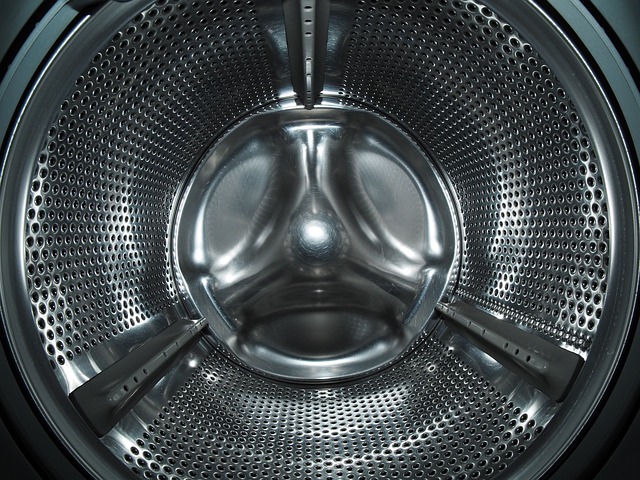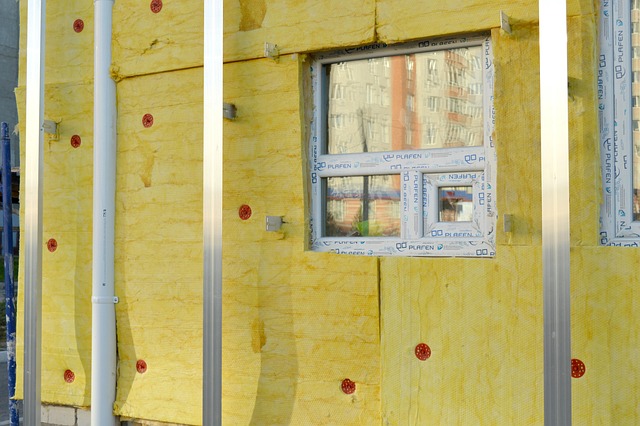The world of drum machines has been nothing short of revolutionary, transforming the way musicians and producers create and experience sound. As an essential part of audio technology, these devices have evolved remarkably from their rudimentary beginnings to the sophisticated machines we know today. Let’s take a closer look at this evolution and how it intersects with advancements in technology, particularly in terms of television, visualization, and display technology.
In the early days, drum machines were simple, boxy devices with a limited set of sounds. They were functional but lacked the visual appeal that we associate with modern audio technology. Fast forward to the 1980s, and the iconic Roland TR-808 emerged. This legend not only shaped the sound of hip-hop and dance music but also showcased the potential of drum machines as creative instruments, paving the way for a more dynamic relationship between the user and the machine.
The visuals behind drum machine technology also began to evolve. Displays transitioned from basic LED indicators to colorful LCD screens and touchscreen interfaces, allowing musicians to visualize beats, patterns, and rhythms with greater clarity. This enhancement made programming beats intuitive and engaging, bridging the gap between the tactile and the digital. The drum machine became an instrument you could see, hear, and interact with, transforming the experience of music creation.
Moreover, television and monitors have played a crucial role in showcasing these drum machines to the world. With the rise of music videos in the 1980s and 1990s, viewers were not only treated to captivating performances but also glimpses of the gear that made them happen. Iconic drum machines featured prominently on screen, captivating audiences and aspiring musicians alike. The relationship between audiovisual technology screens and drum machines has deepened, inspiring a generation to delve into the world of music production.
Modern innovations in visualization technology have further enhanced the experience of using a drum machine. Now, software versions of revered hardware models come equipped with stunning graphics and interactive interfaces that allow for an immersive user experience. Advanced monitors can display waveforms, frequencies, and other data in real time, providing musicians with the tools to engage deeply with their sound production.
As we look to the future, the synergy between drum machines and display technology seems limitless. Modular synthesis, virtual reality, and AI-enhanced production tools are on the rise. The visual representation of sound will become even more intuitive, with advanced monitors that will allow users to manipulate sound in ways we can only imagine today. It’s an exciting time to be a part of the audio technology landscape, where creativity meets cutting-edge innovation.
The evolution of drum machines is a reflection of our ever-changing relationship with technology. As we embrace new ways to visualize and interact with music, we are reminded of the fundamental joy of creating sound. From TV screens to advanced visual displays, the integration of technology in music production continues to inspire and transform. The beat goes on, and so does innovation—where will it take us next?



